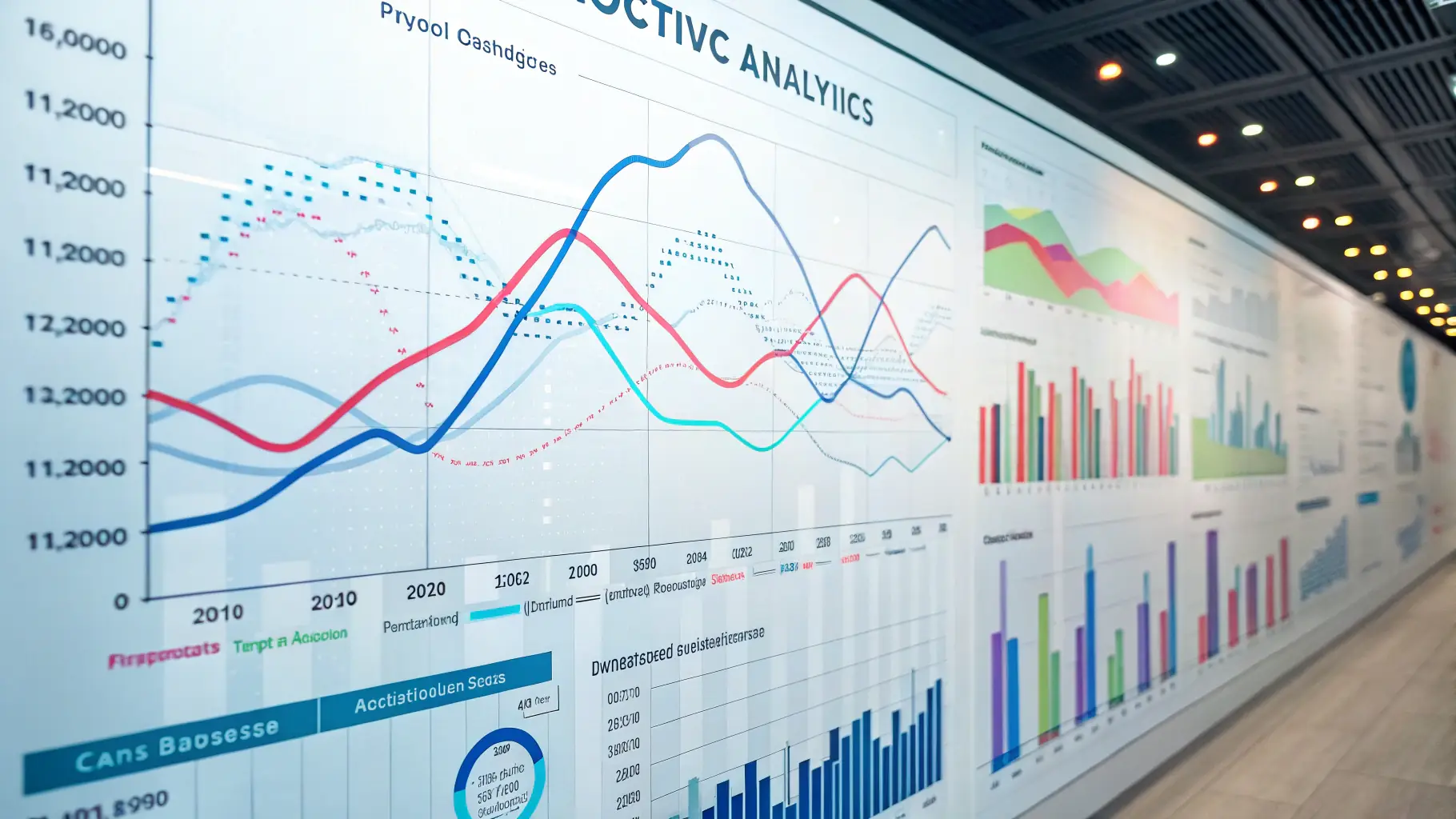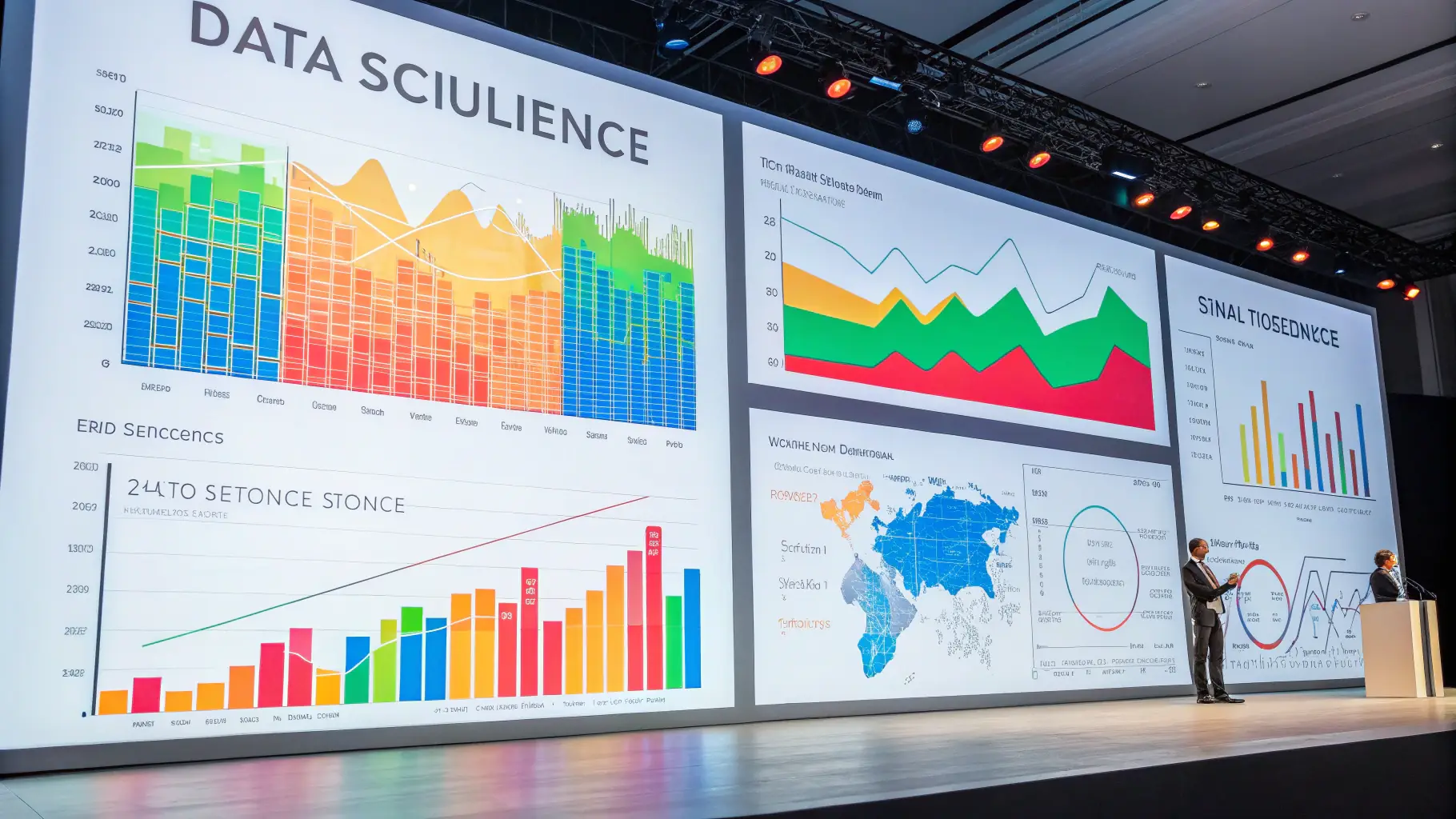Predictive analytics is a powerful tool for businesses seeking to gain a competitive edge in today’s data-driven world. It leverages historical data to forecast future trends and outcomes, enabling businesses to make informed decisions with greater confidence. By identifying patterns and anomalies in data, predictive analytics can help businesses anticipate potential challenges and opportunities, leading to more effective resource allocation and improved profitability. This approach allows businesses to proactively address potential risks and capitalize on emerging opportunities, ultimately driving sustainable growth. The core of predictive analytics lies in its ability to identify hidden relationships and correlations within large datasets. By employing sophisticated algorithms and statistical models, businesses can uncover insights that would otherwise remain hidden. This process involves transforming raw data into actionable intelligence, enabling businesses to make data-driven decisions that align with their strategic objectives. Furthermore, predictive analytics can be used to optimize various business processes, from supply chain management to customer relationship management. Implementing predictive analytics requires a strategic approach that considers the specific needs and goals of the business. It involves careful data preparation, selection of appropriate algorithms, and ongoing monitoring and refinement of the models. By integrating predictive analytics into their operations, businesses can gain a deeper understanding of their customers, anticipate market trends, and optimize their resource allocation. This approach ultimately leads to improved efficiency, reduced costs, and increased profitability.

The Importance of Data Security in Business
Data security is paramount for businesses operating in today’s digital landscape.


